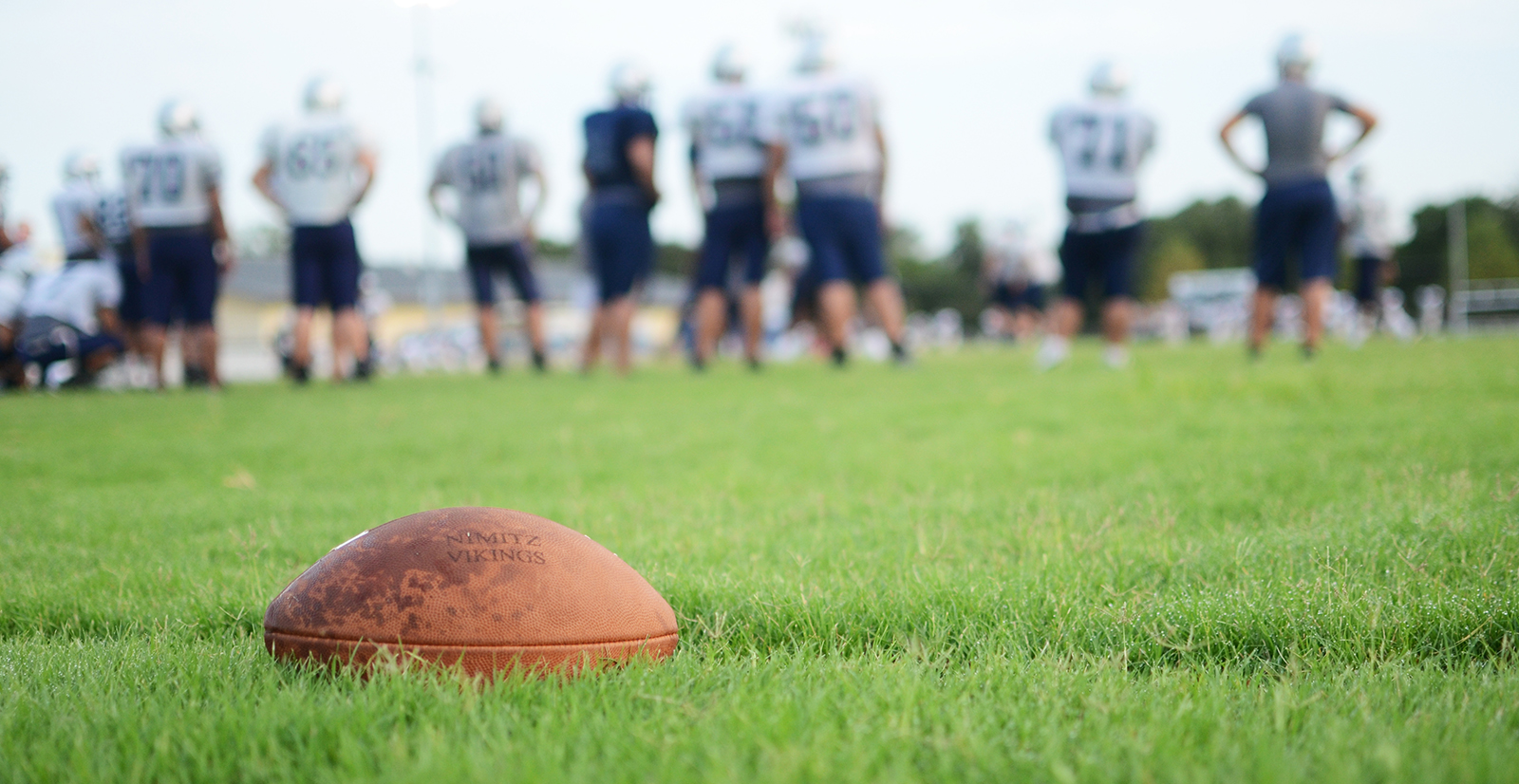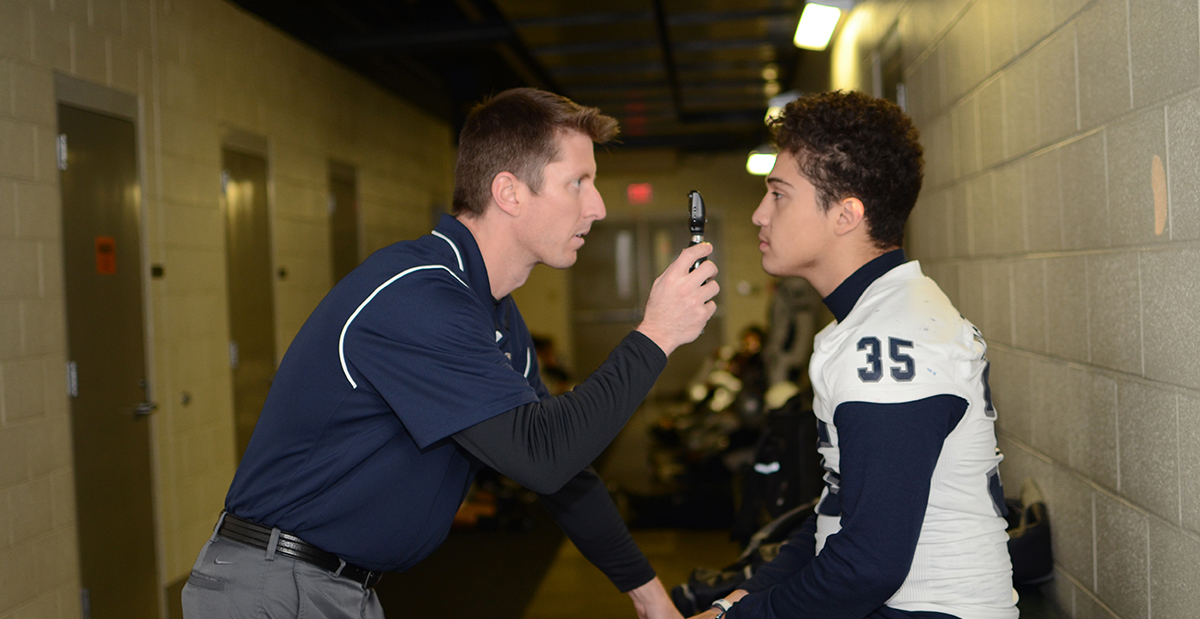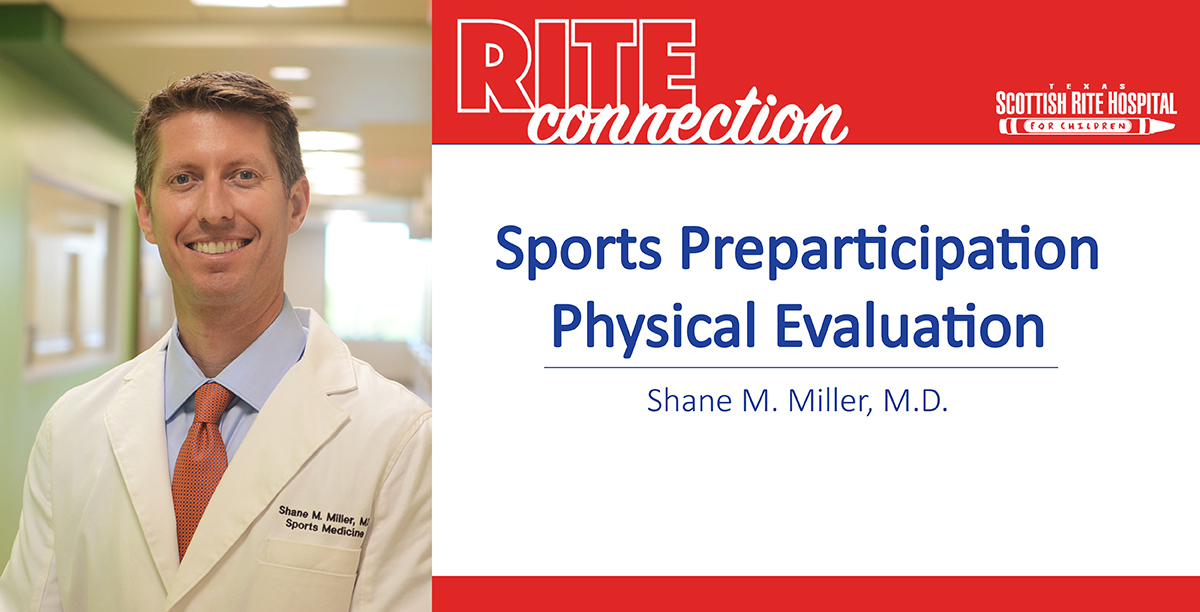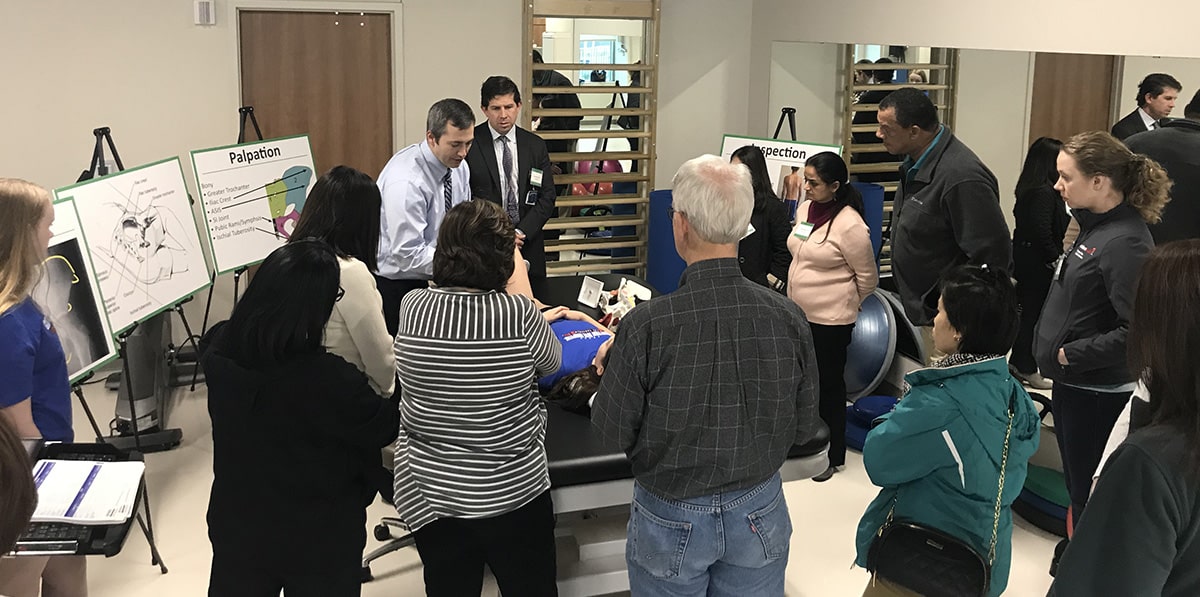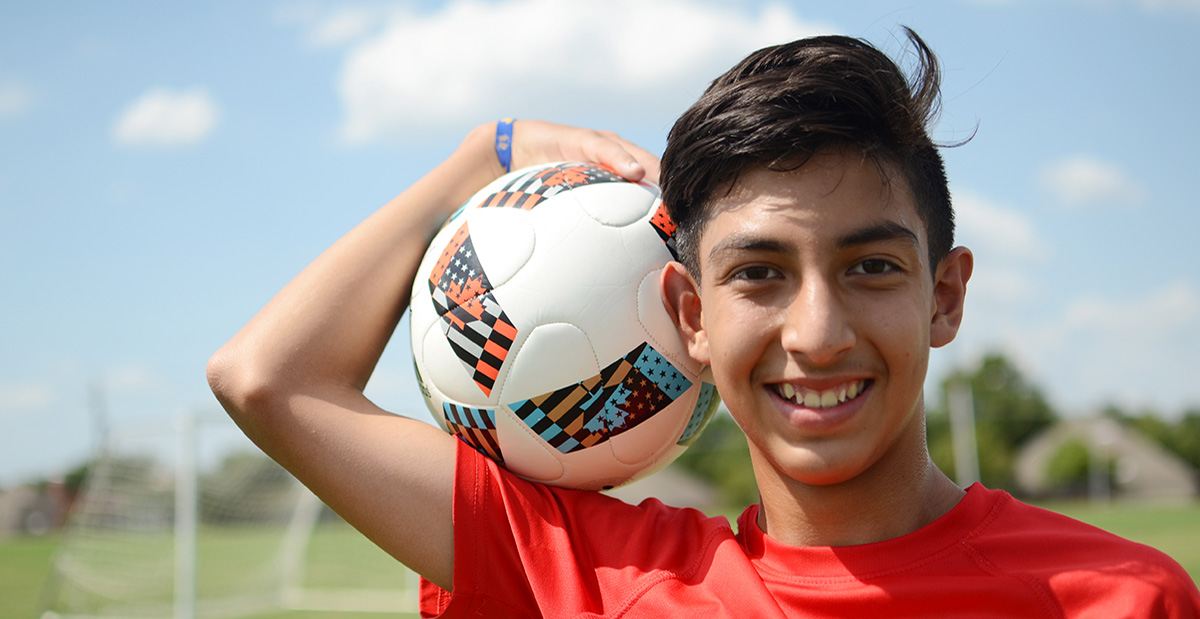Although schools and sports organizations often require physicals annually, it is frequently overlooked until the last minute. Shane M. Miller, M.D., FAAP, sports medicine physician and the Section Director of Medical Sports Medicine at Scottish Rite for Children,...
